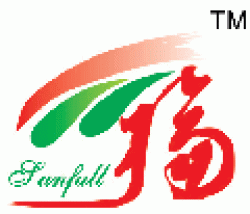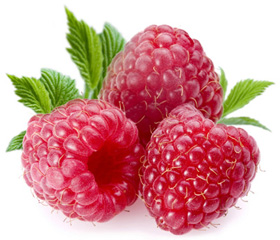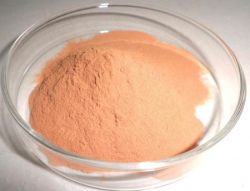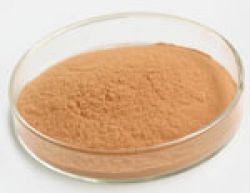Raspberry Extract Powder
| Price : | Price Negotiable |
| Quantity : | 100000 () |
| Minimum Order : | 1 |
| Product Status : | New |
| Sample Available : | yes |
| Payment Mode : |
Bank Transfer,T/T |
| Categories : | Agriculture & Food, Sap & Extract |
| Posted By : | Changsha Sunfull Bio-tach Co.,ltd |
Description
Latin Name: Rubus idaeus L
Part of the Plant Used: Berry
Product Specification: 10:1
Active Ingredients: Flavonoids
Fresh Berry & Extract Powder Photos:
Country of origin: Northeastern China
Product Introduction
Raspberries are an important commercial fruit crop, widely grown in all temperate regions of the world. Raspberries are grown for the fresh fruit market and for commercial processing into individually quick frozen (IQF) fruit, purée, juice, or as dried fruit used in a variety of grocery products. Traditionally, raspberries were a mid-summer crop, but with new technology, cultivars, and transportation, they can now be obtained year-round. Raspberry powder is a natural and clever way to introduce extra fruit into the diet, as well as being a natural, safe colouring and flavouring.
Raspberries contain significant amounts of polyphenol antioxidants such as anthocyanin pigments linked to potential health protection against several human diseases. The aggregate fruit structure contributes to its nutritional value, as it increases the proportion of dietary fiber, placing it among plant foods with the highest fiber contents known, up to 20% fiber per total weight. Raspberries are a rich source of vitamin C, with 30 mg per serving of 1 cup (about 50% daily value), manganese (about 60% daily value) and dietary fiber (30% daily value). Contents of B vitamins 1-3, folic acid, magnesium, copper and iron are considerable in raspberries.Raspberries rank near the top of all fruits for antioxidant strength, particularly due to their dense contents of ellagic acid (from ellagotannins), quercetin, gallic acid, anthocyanins, cyanidins, pelargonidins, catechins, kaempferol and salicylic acid. Yellow raspberries and others with pale-colored fruits are lower in anthocyanins.
Due to their rich contents of antioxidant vitamin C and the polyphenols mentioned above, raspberries have an ORAC value (oxygen radical absorbance capacity) of about 4900 per 100 grams, including them among the top-ranked ORAC fruits. Cranberries and wild blueberries have around 9000 ORAC units and apples average 2800.
Physiological Functions
The following anti-disease properties have been isolated in experimental models. Although there are no clinical studies to date proving these effects in humans, preliminary medical research shows likely benefit of regularly consuming raspberries against:
- inflammation
- pain
- cancer
- cardiovascular disease
- diabetes
- allergies
- age-related cognitive decline
- degeneration of eyesight with aging
Berry Harvests months: June to August
Annual production capacity: 100MT
Packing: Pack in paper-drums and two plastic-bags inside. Net Weight: 25kg/drum
Paper-drum size & weight: I.D.40 x H 50cm, 3kg/drum
Packing Photos:
Storage: Store in a well-closed container away from moisture.
Shelf Life: 24 months.
Product Features
- Contains Anthocyanins to Improve the Visual Function
- No Added Sugar, No Preservatives.
- 100% Natural Rasberry From Northeastern China
Applications: Non-alcoholic beverages, fruit wine, dairy products, bread, cakes, pastries, ice cream, health and dietary products.
 |
|






